Across industries, organizations are transforming how they deliver value. From engineering to IT services to internal PMOs, leaders are rethinking their operating models to become more service-centric—where success depends on how efficiently projects are delivered, how accurately time is tracked, and how transparently work connects to financial outcomes.
For these organizations, projects are not side activities—they are the business.
That shift brings new demands on visibility, control, and integration. It’s no longer enough to simply manage schedules and tasks. Modern project management must connect delivery with the systems that run the enterprise: finance, resource planning, HR, and analytics.
With Microsoft Project Online retiring in September 2026, many organizations are now considering what comes next. The decision isn’t just about replacing a familiar tool—it’s about selecting a solution that supports your business model for the future. For organizations managing service-based operations, Microsoft Dynamics 365 Project Operations delivers the capabilities, flexibility, and innovation to support that evolution.
Why organizations are choosing Dynamics 365 Project Operations
As organizations look beyond Project Online and products like Project Server versions 2016 or 2019, they often share five common needs that shape their evaluation:
- Plan and track resources and time in one place
- Connect project data with finance and operations systems
- Configure and extend workflows through the Power Platform
- Support project-based service delivery from proposal to profit
- Adopt a solution built for the future of AI-driven work
These needs define where Dynamics 365 Project Operations, and the broader Microsoft Cloud, deliver the solutions required to manage the end-to-end project-to-profit business process.
Unified resource and time management
Resource planning and time capture are the foundation of effective project management—and the areas where Project Operations offers immediate benefit over legacy tools.
Project Operations brings project planning, resource allocation, and time tracking together in a single application that connects delivery teams with finance and leadership.
Project managers can assign resources based on skills, availability, and utilization targets. Team members can record time and expenses directly against tasks, ensuring that data flows seamlessly into cost and billing calculations.
With configurable approval workflows built using Microsoft Power Automate, organizations can align governance to their unique policies—such as multi-level approval chains or project-based exceptions—without needing costly customization or development.
For organizations that previously relied on custom scripts or spreadsheets to track resource data, this connected model reduces administrative overhead and gives leaders a single, accurate view of project health, capacity, and cost at any time.
Connected to finance, operations, and ERP systems
While Project Operations is not an ERP system, it is designed to interoperate seamlessly with ERP applications—including both Microsoft Dynamics 365 and third-party systems such as SAP, Oracle, and Workday. This flexibility is a core strength of Microsoft’s platform approach.
At the heart of this interoperability is Microsoft Dataverse, a secured and extensible data platform that connects applications across Microsoft and 3rd party ecosystems. Through Dataverse, organizations can share projects, customer, and financial data across systems while maintaining a single source of truth.
For customers already using Dynamics 365 Finance, the connection is native. Time entries, expenses, and project costs automatically flow into Finance for accounting, invoicing, and reporting, eliminating the need for custom middleware or manual data synchronization. This native link between operational execution and financial management gives leaders a unified view of profitability and compliance.
Customers using third-party ERP systems can achieve the same connected experience through Power Platform connectors and Azure integration services. Whether reporting data into a corporate data warehouse, syncing budgets to SAP, or sharing timesheet data with Workday, Project Operations offers the flexibility to operate within your existing ecosystem.
No two organizations manage projects in exactly the same way. Some rely on centralized PMOs with strict approval processes, while others empower teams to adapt workflows dynamically.
Project Operations supports both models through its foundation on the Microsoft Power Platform—giving organizations the ability to configure without code.
Using Power Apps, project leaders can design tailored forms and dashboards for project creation, approvals, or time capture. Power Automate enables process automation such as notifying managers when utilization thresholds are reached or routing expense reports for multi-level approval.
Meanwhile, Power BI brings advanced analytics to every role—from dashboards that track project margins and resource utilization to executive reports summarizing business performance across portfolios.
Because Project Operations shares the same platform as other Dynamics 365 applications, these extensions inherit enterprise-grade security, compliance, and data governance controls. The result is a solution that can evolve with your organization—without the risk or cost of maintaining custom code.
Purpose-built for project-based services
For professional services organizations—consulting firms, engineering companies, digital agencies, architecture practices, and IT service providers—Project Operations delivers a complete Professional Services Automation (PSA) solution.
It aligns sales, delivery, and finance on a single connected platform, providing end-to-end visibility from proposal to profit.
Through integration with Dynamics 365 Sales, organizations can manage the sales lifecycle for their project-based opportunities. Teams can develop project quotations, proposals and estimates directly within Sales, convert them into active contracted engagements and projects, and continue through delivery, billing, and revenue recognition without switching systems.
Key PSA capabilities include:
- Project estimation and proposal management
- Task planning and resource scheduling
- Time and expense capture with mobile access
- Budgeting, cost control, and forecasting
- Invoicing and revenue recognition
- Earned value tracking and performance analytics
Besides professional service organizations, Project Operations can also scale to other project-based verticals. This includes manufacturing, engineering, and construction. It also includes internal Portfolio planning and prioritization when used with key ISV and industry-specific partner solutions and extensions.
By connecting delivery with sales and finance, Project Operations ensures project engagements are executed profitably, billed accurately, and managed transparently. This level of integration is especially valuable for organizations that operate globally, where visibility into utilization, cost, and margin is critical for growth and compliance.
Ready for AI and continuous innovation
Project Operations is part of Microsoft’s broader service-centric application strategy. Therefore, it benefits from continuous innovation across Dynamics 365, the Power Platform, and Azure AI. Recent investments redefine project management execution—with intelligent agents, predictive analytics, and AI-assisted decision-making.
New agentic capabilities automate routine administrative tasks such as time, expense, and approval submissions, freeing teams to focus on higher-value work. AI-powered what-if scenario modeling helps project managers understand the financial or resource impact of potential changes before they happen. And change order management features ensure logging of adjustments to scope, schedule, or cost with an auditable history.
These capabilities bring Microsoft’s vision for agentic ERP and service management to life. Systems don’t just record data but actively assist in executing, analyzing, and improving business processes.
Because Project Operations is built within the Microsoft Cloud, it also benefits from shared capabilities such as Microsoft Copilot, Power BI advanced analytics, and Azure security and compliance frameworks. This ensures our customers gain access to new functionality as the platform evolves—without disruption or costly upgrades.
Built for how your business operates
Whether you’re managing internal projects, professional services engagements, or large-scale programs, Project Operations is designed to scale. Organizations can start small—managing schedules or work, tracking time and/or resources within Dataverse. They can then expand to include other processes, and AI-driven insights over time. Because the underlying processes and data are in a single place, experiences can be lit up without any large-scale data migrations. Usage patterns can then evolve to include other parts of project cycle across the organization.
This unified approach helps eliminate silos between teams and systems. It also ensures that data flows consistently—from project creation and scheduling to billing and performance reporting. It also positions organizations to take advantage of ongoing Microsoft innovation in automation, analytics, and AI.
Are you ready for what’s next?
The retirement of Project Online marks a turning point. Not just for project management at Microsoft, but for how organizations connect people, processes, and financials around project-based work. For leaders seeking to modernize their project operations environment, Microsoft Dynamics 365 Project Operations offers a clear path forward.
It combines the structure and scalability of enterprise-grade project management with the flexibility of the Power Platform and the intelligence of the Microsoft Cloud.
If your organization is evolving toward a service-centric model—where accurate time capture, resource optimization, and financial visibility drive success—Dynamics 365 Project Operations provides the foundation to unify your project lifecycle, connect your data, and prepare for the next generation of intelligent, AI-powered project delivery.
If a Professional Services Automation (PSA) solution that meets the needs of your service-centric organization is what you need, now is the time to evaluate Microsoft Dynamics 365 Project Operations. It’s more than a replacement for Project Online. It’s what’s next to drive project profitability from prospect to project to profit.
The post What’s Next: Why Project Online Customers Should Evaluate Microsoft Dynamics 365 Project Operations appeared first on Microsoft Dynamics 365 Blog.
Brought to you by Dr. Ware, Microsoft Office 365 Silver Partner, Charleston SC.


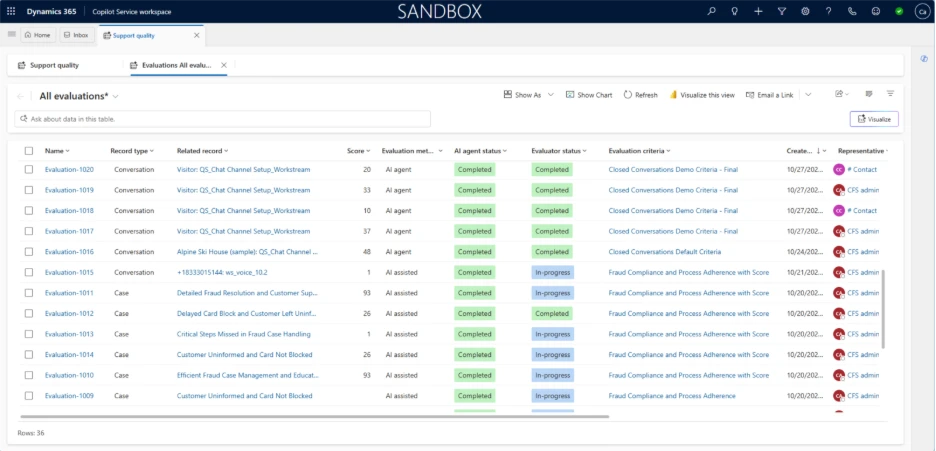
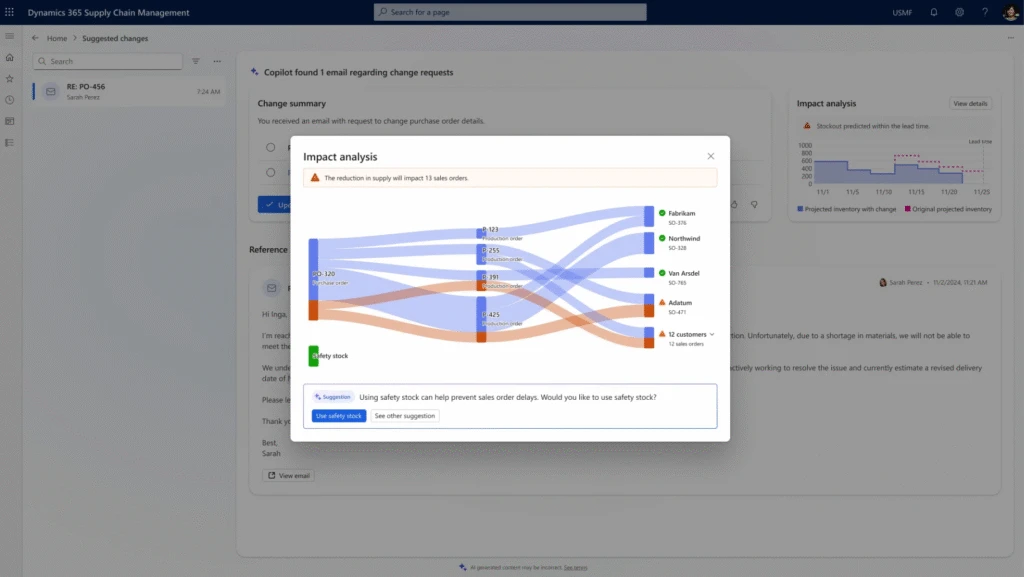

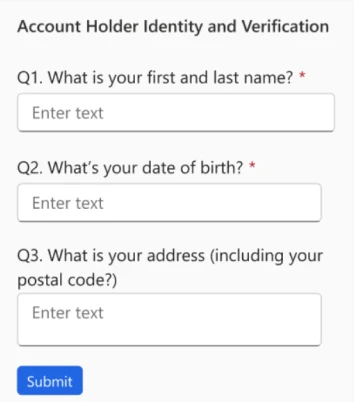
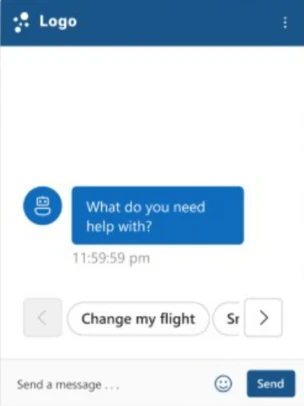
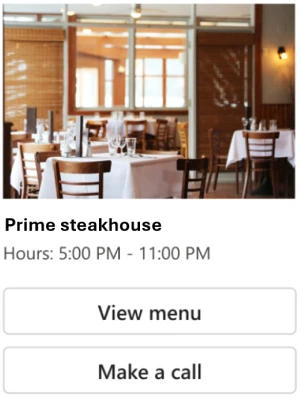
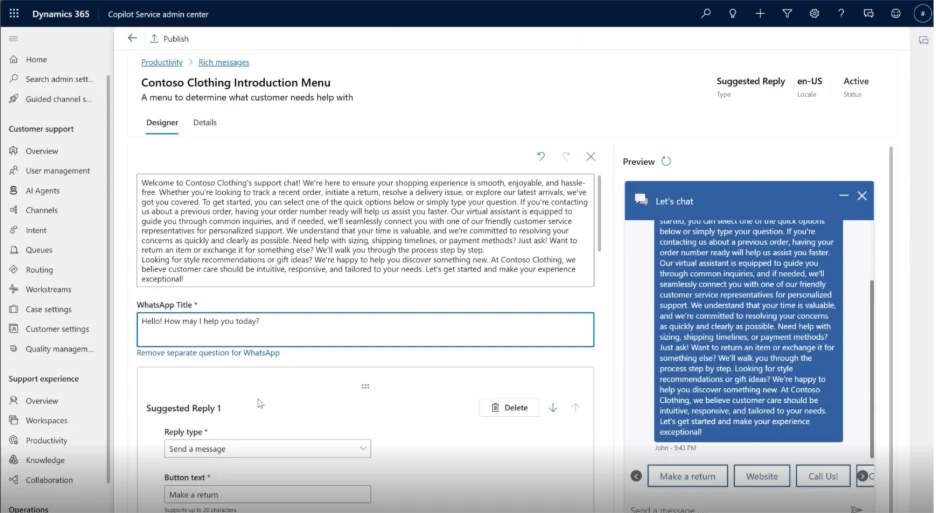
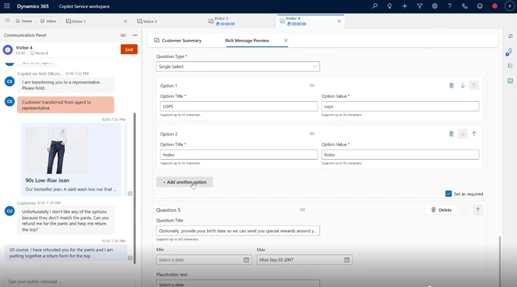


Recent Comments